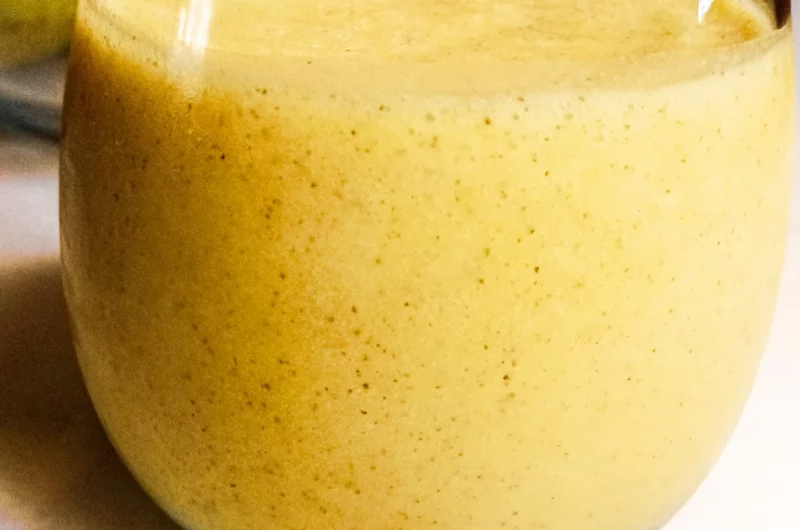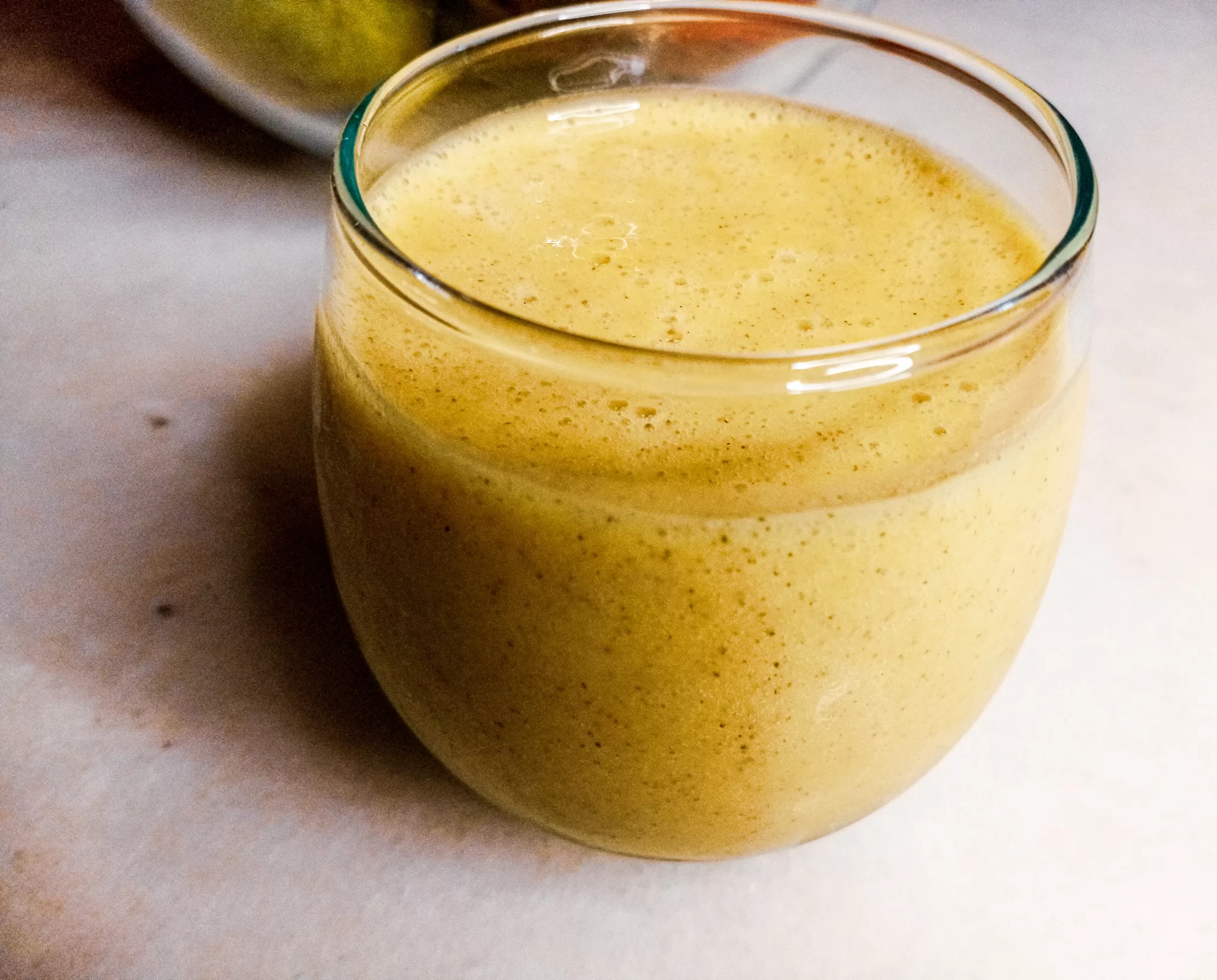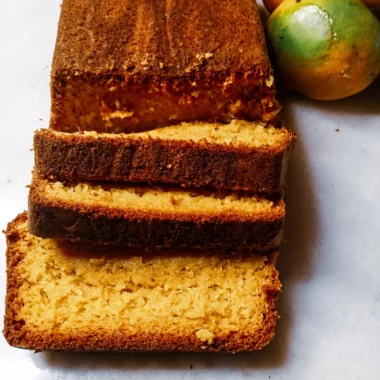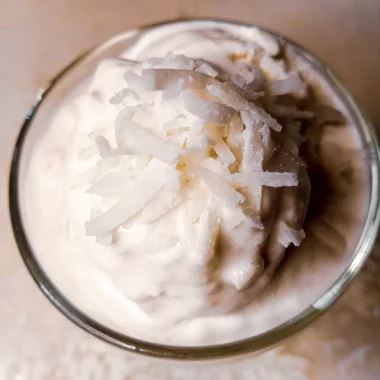I love mangoes. I cannot wait for mango season to come around to make mango recipes like this tasty mango smoothie.
This mango smoothie has 5 simple ingredients and only takes 5 minutes to make this super delicious smoothie. Therefore it is the perfect smoothie to make when you don’t have time to cook a hot meal for breakfast.
However, before we get to the mango smoothie recipe, let’s discuss the health benefits of mangoes and chia seeds.
Health Benefits Of Mango
Mangifera indica L., more commonly known as mango or the “the king of fruits,” is the most popular fruit in tropical regions. Mango is the Philippines’ and India’s national fruit and Bangladesh’s national tree.
More importantly, mango fruit, pulp, and leaves are a staple part of Ayurvedic medicines. Mangoes have been used to treat multiple medical issues such as digestive or gastrointestinal conditions for thousands of years.
Mango, as well as their leaves, contains vitamins such as riboflavin, niacin, thiamine, and minerals. Vitamins and minerals play a role in boosting the immune system, which helps protect the body against specific infections, inflammation, and even some forms of cancer.
Mangoes also contain rich levels of bioactive compounds, including ascorbic acid (vitamin C), β-carotene, and phenolic compounds. These compounds function as antioxidants, and daily consumption can prevent degenerative damage associated with conditions such as cancer or cardiovascular diseases.
I am not saying you should consume mangoes every day. Too much of anything is not good, even if it is delicious sweet mangoes.
Fruits such as berries, red grapes, peaches, watermelon, and tomatoes are rich in antioxidants. Therefore you can eat different fruits every day and still reap the same benefits of antioxidants.
In addition to vitamin C, mangoes also contain soluble solids. These compounds can decrease levels of bad cholesterol. Mangoes also provide a rich supply of potassium which can regulate your heartbeat and blood pressure.
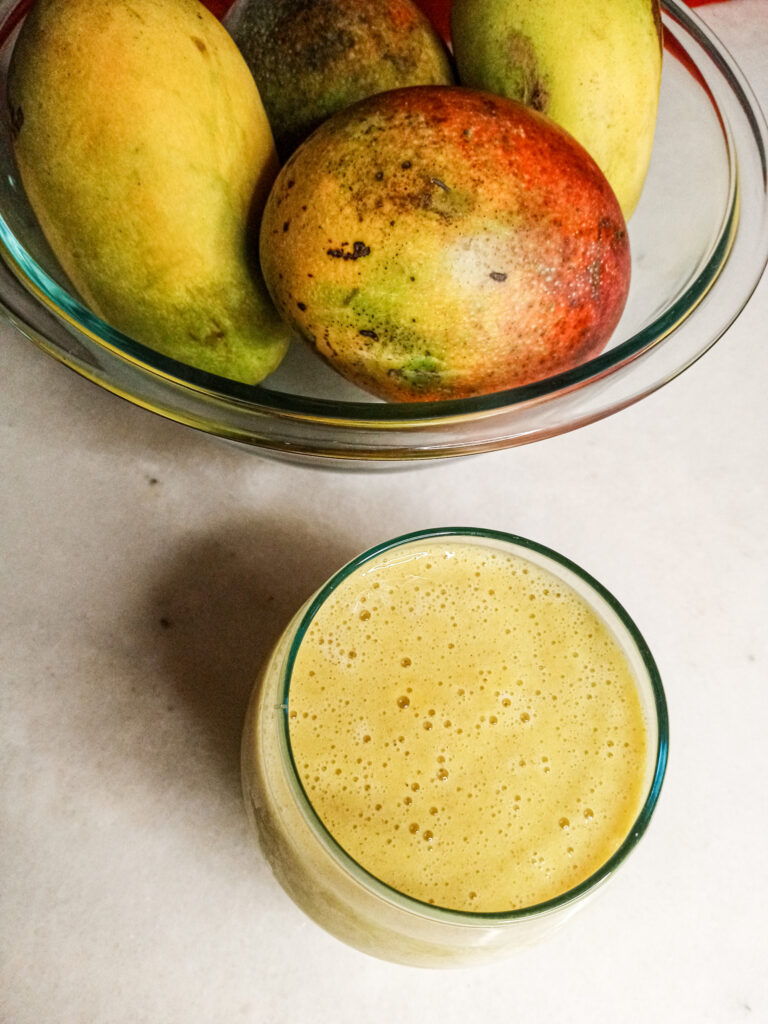
Health Benefits Of Chia Seeds
Chia seeds are the other star of this smoothie and are loaded with nutritional compounds. Chia seeds contain rich levels of omega-3 fatty acids. Omega-3 fatty acids can protect against inflammation, decrease cholesterol levels, and boost cognitive performance.
In addition to this, chia seeds also contain rich levels of polyphenols which act as antioxidants. These antioxidants can protect the body from certain types of cancer and free radicals. Chia seeds also have anti-aging effects, which is why it is used heavily in the skincare industry.
Chia seeds also contain polyunsaturated fatty acids (PUFA). These long-chain fatty acids stem from αlinolenic acid and are associated with a decreased risk of cardiovascular disease.
They also have beneficial effects on rheumatoid arthritis and bronchial asthma. Additionally, epidemiological studies imply dietary fatty acids rich in α-linolenic acid improved childhood teaching and behavior and decreased the occurrence of psychiatric illness in adults.
Tips For Making Mango Smoothie
Unless you live in the Bahamas or the Caribbean, chances are you will use a different type of mango to make the smoothie. After all, there are more than 1000 varieties of mango.
I used stringy mangoes. Many people do not like these mangoes because the stringy hair-like fibers can get stuck between your teeth.
To reduce the stringy texture, I added the mangoes to the blender and blended them in a smooth puree. Next, I added the remaining ingredients and blended them into a smooth, creamy smoothie.
Alternatively, you can pour the mango puree into a fine-mesh sieve set over a bowl. The sieve will prevent the stringy fibers from ending up in your smoothie. Once the mango puree has been strained, add it to the blender with the remaining ingredients and blend it into a smoothie.
If you do not have pea protein powder, use unflavored or vanilla protein powder. You can also omit the pea protein powder from the mango smoothie recipe.
I used sugar-free sweetener to sweeten the mango smoothie. However, you can use any sugar-free sweetener you desire. Maple syrup, honey, or stevia are excellent natural sugar substitutes you can use to sweeten this mango smoothie.
You may only need 1 tablespoon of sweetener, depending on the sweetness of your mangoes. I like my smoothies a little sweeter, so I used 3 tablespoons of sugar-free sweetener.
However, it’s best to start with 1 tablespoon of sweetener. If the mango smoothie is not sweet enough, you can add the remaining sweetener 1 tablespoon at a time.
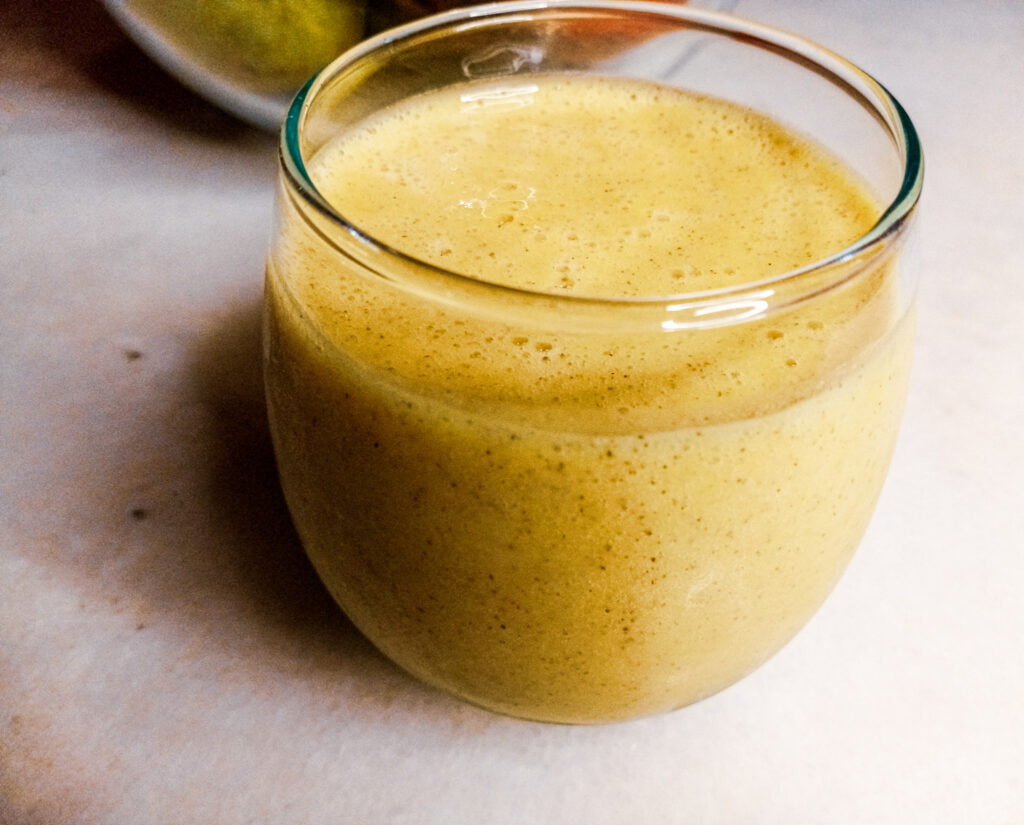
Can I Use Frozen Mango
Yes, you can use frozen mangoes to make this mango smoothie. Mango season is very short. It ranges from May to September.
Therefore, you can always make mango smoothies with frozen mangoes. However, if you use frozen mango chunks, do not add ice to the smoothie.
I only added ice to the smoothie because most of my ingredients were room temperature. Since the mangoes are frozen, they will make the smoothie cold.
Nevertheless, fresh mangoes will have a stronger flavor than frozen mangoes. So use fresh mangoes if you have them on hand.

